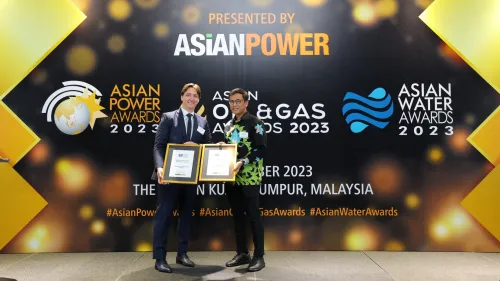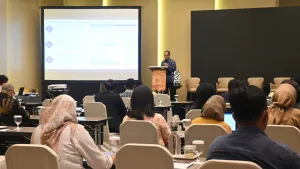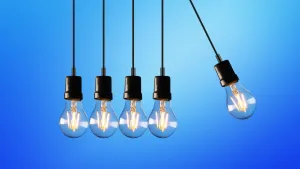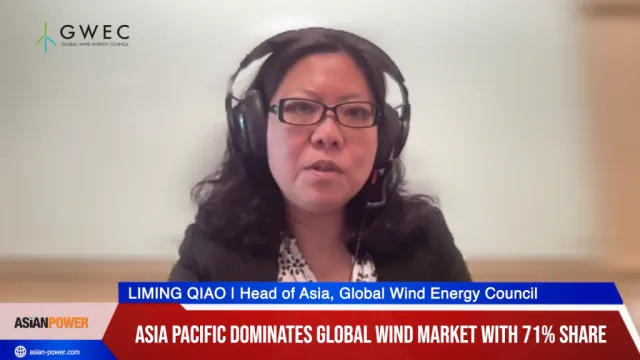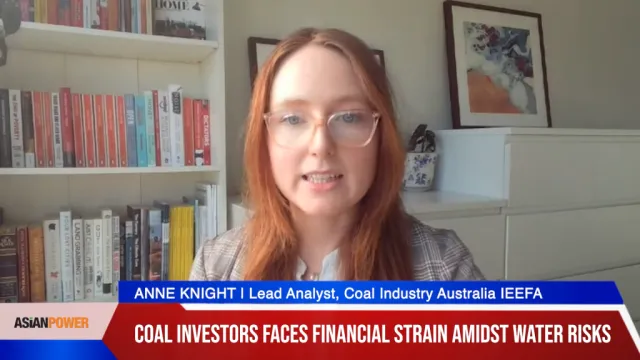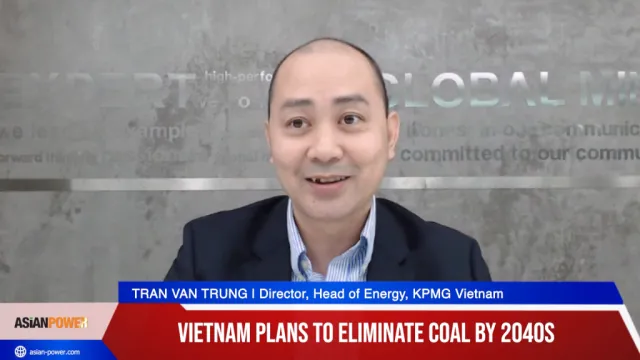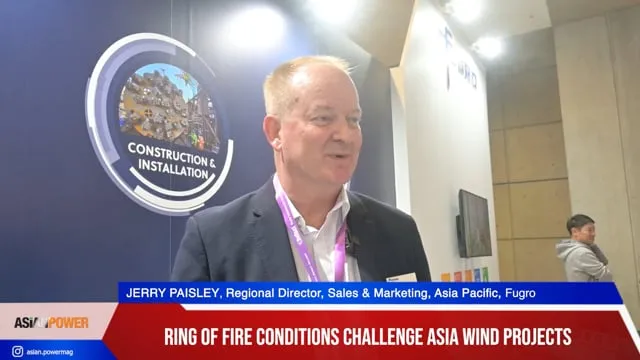T&D Infrastructure and Workforce Challenges Call For Integrated Asset and Workforce Management
Two T&D challenges have arisen from the rapid expansion of Asia's power industry: (1) a diverse asset infrastructure, and (2) a young workforce, challenged to match specific expertise to specific work requirements. How should utility companies respond? The solution has two components:
1. Capture procedures in real time as they are performed.
2. Enhance information flow by integrating information systems.
Real-Time Data Capture Is Key
Information about work procedures, equipment status, etc., must be captured, then shared. The best solution is a Web-enabled mobile device (Blackberry, smartphone, etc.) backed by a robust mobile platform. Technicians then document procedures as they are performed, allowing future technicians to perform the same work more efficiently.
The information is typically stored in an enterprise asset management (EAM) system. By tightly integrating mobile devices with the EAM system, technicians can close orders as work is completed. The status of assets, parts inventory, and other data are updated and made available to the entire organization.
Integrated Systems Enable Data Sharing
For many years, EAM and workforce management (WFM) systems were segmented and isolated: meters managed by one system, substation equipment by another, meter and customer service personnel in one WFM system, outage technicians in another. The current trend is to maintain all asset data in a single EAM system, and manage the entire field force in a common WFM system. Integration of EAM and WFM functions produces further benefits.
Consider a crew going to a substation for inspection and maintenance. The EAM system generates the work orders, based on automated triggers (e.g., time- and condition-based) or management directives. The WFM system assembles the crew according to skills required for the jobs, and structures and schedules the work to maximize efficiency. The orders are transmitted to the crew via their handheld mobile data terminal (MDT).
An integrated EAM and WFM system also guides work performance. The MDT would include a hyperlink or file attachment with the work order, with detailed inspection and maintenance procedures for that asset, text and graphical information, detailed schematics of a given asset model. The work crew can update this information with the work it performs.
Summary
Integration of EAM and WFM systems makes information accessible at the place and time where it is most needed to properly perform the work. Direct benefits include more jobs completed per day, fewer repeated jobs, fewer accidents, reduced costs, and improved customer satisfaction.


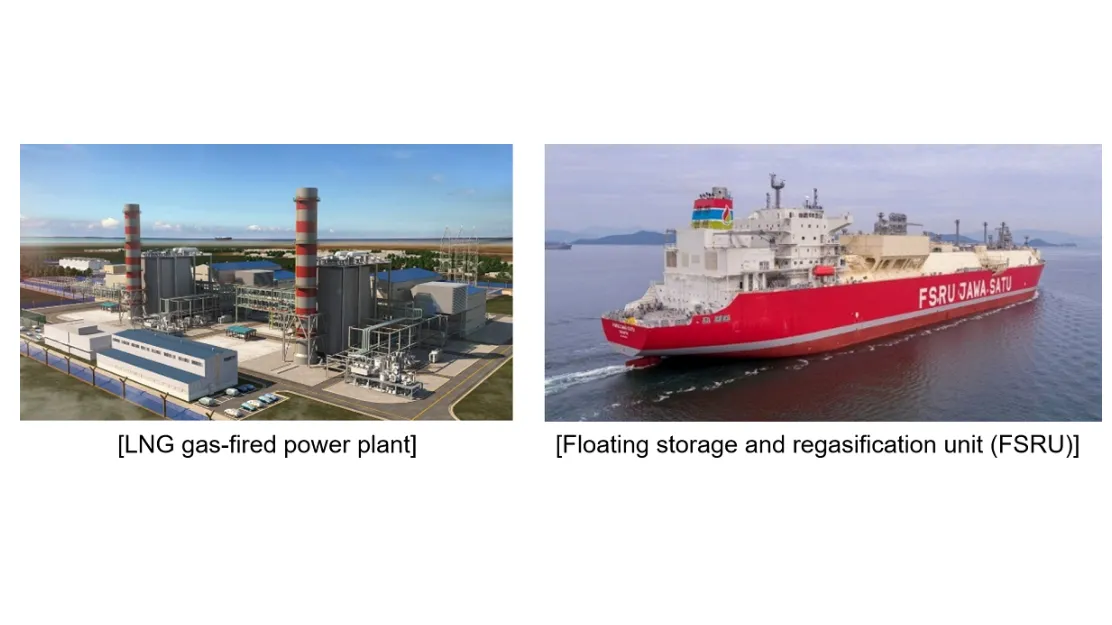
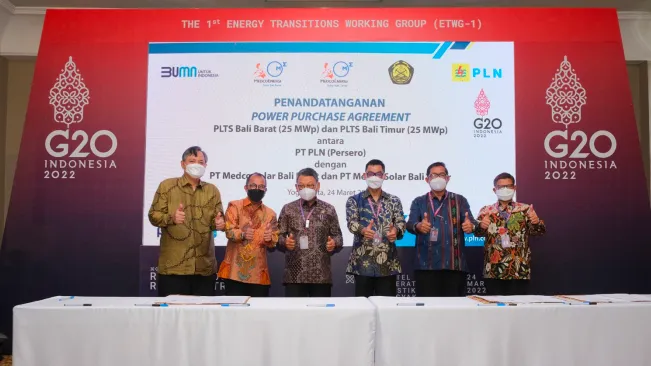
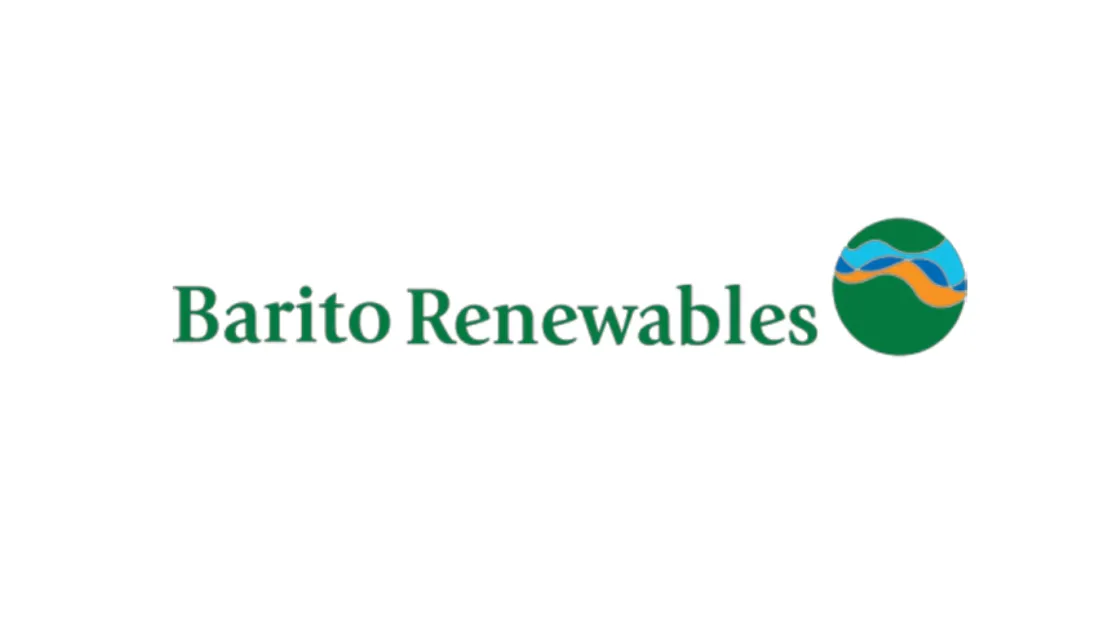

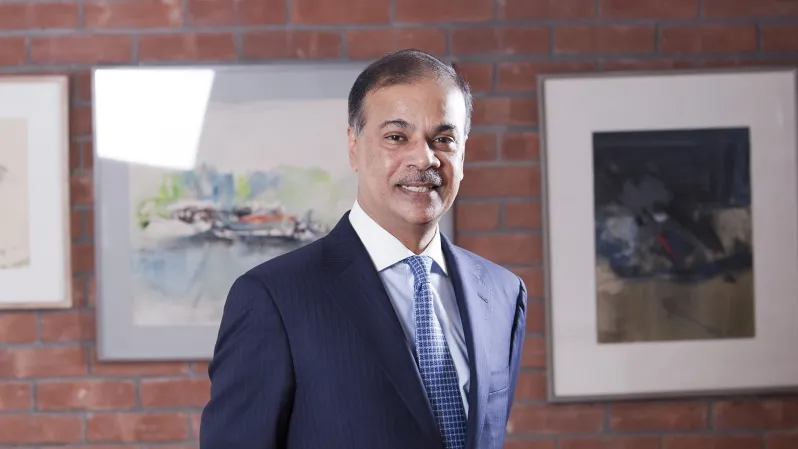
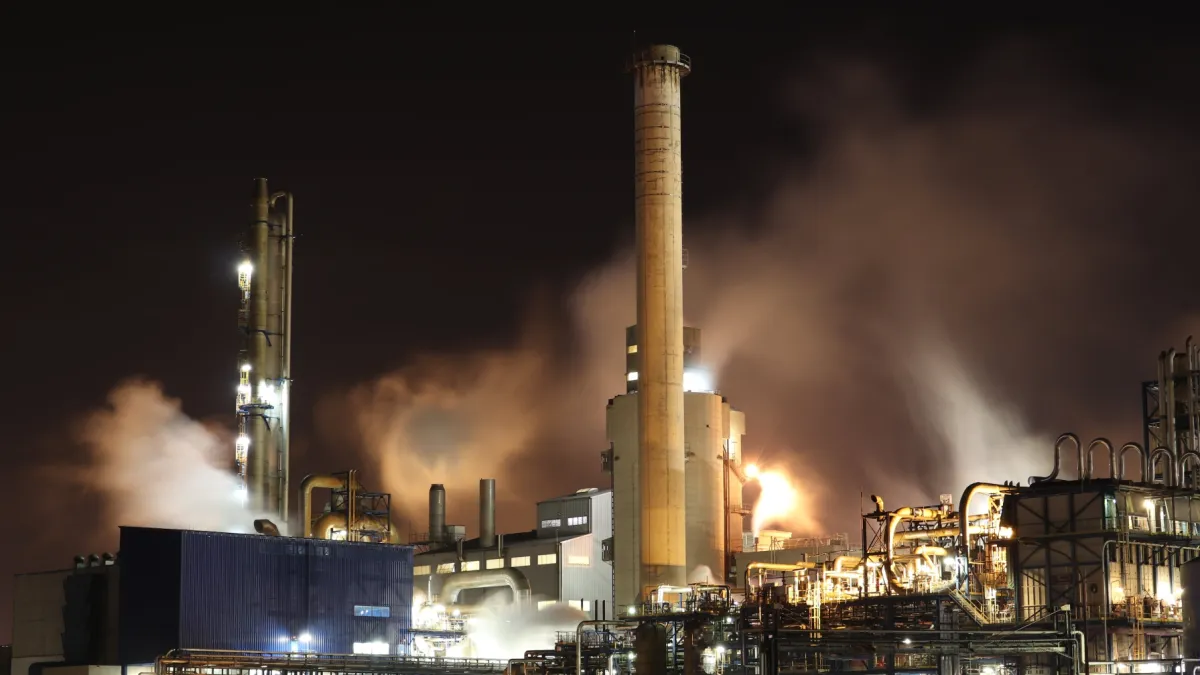
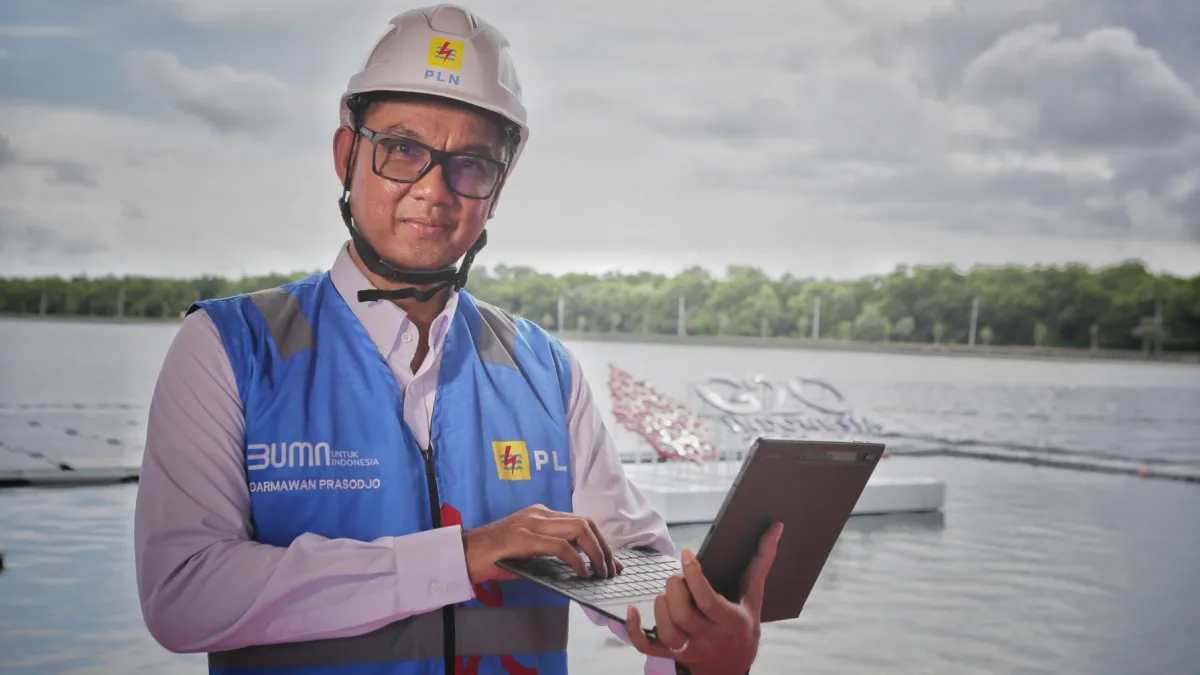
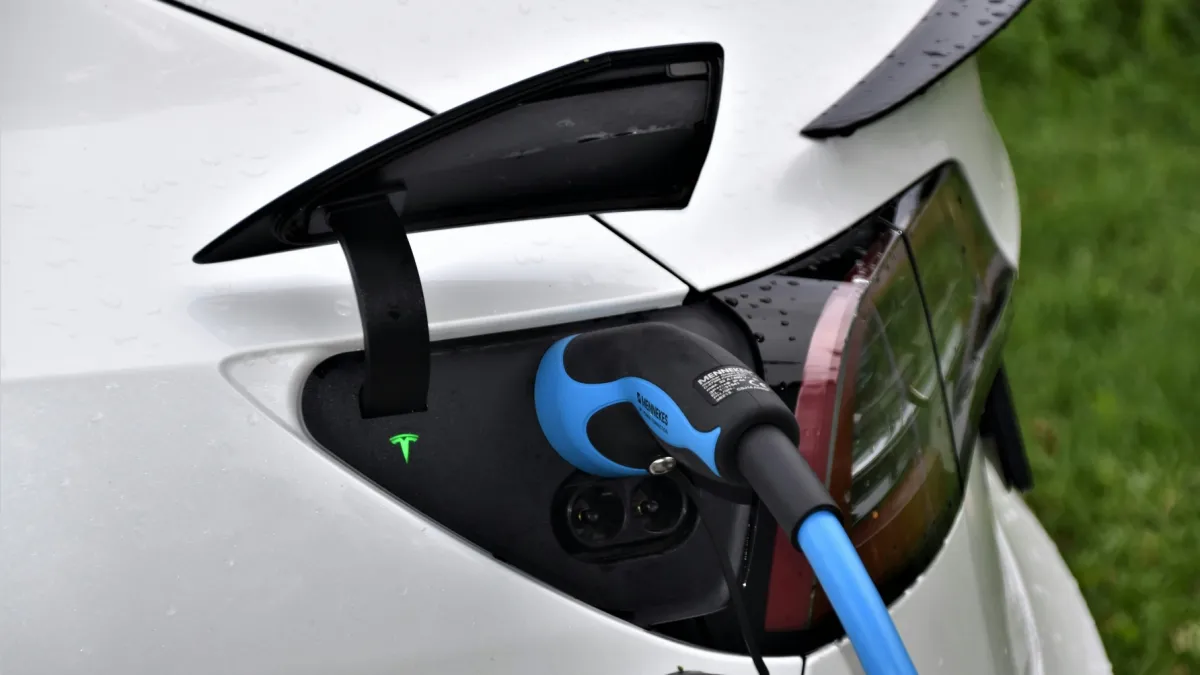
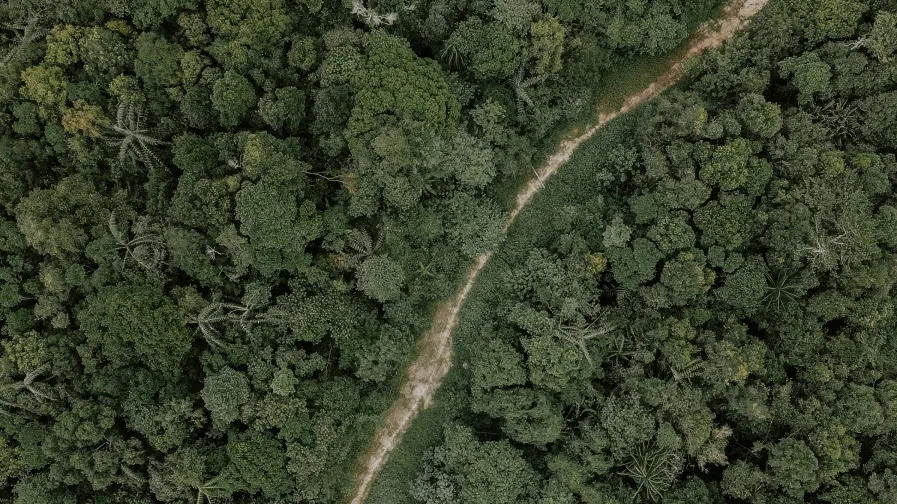

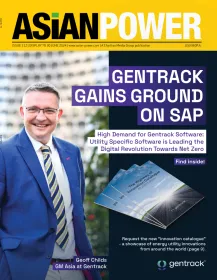
 Advertise
Advertise
